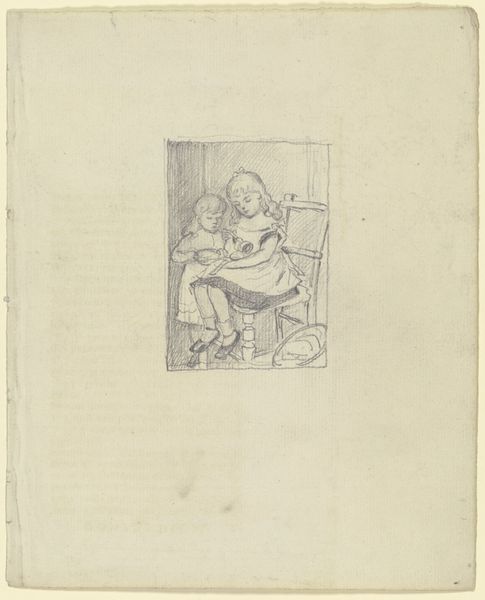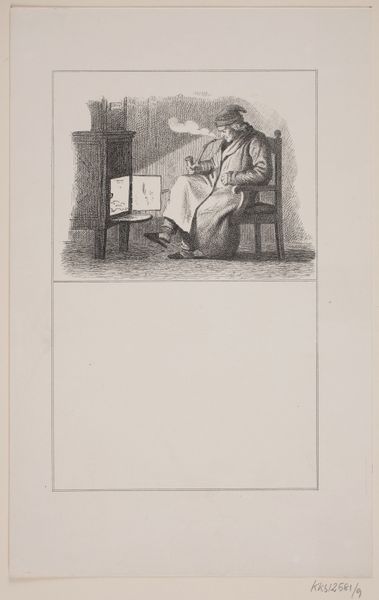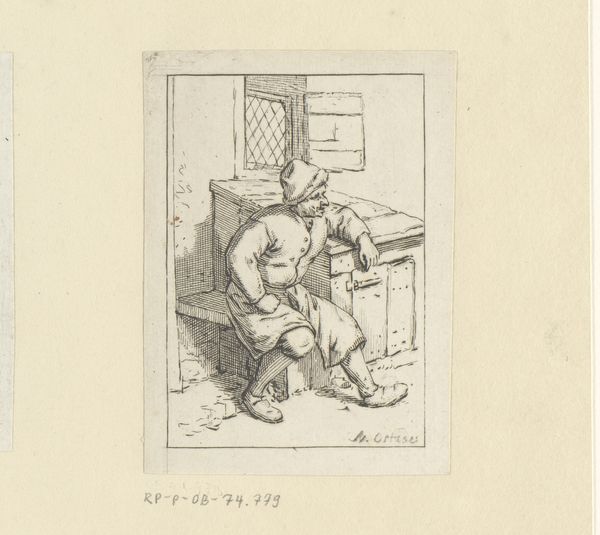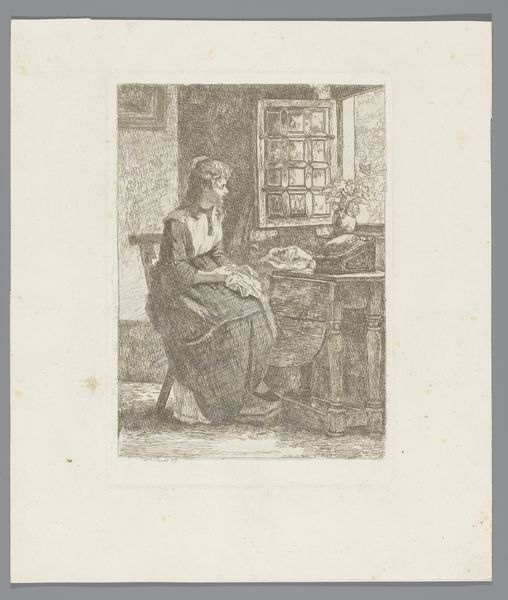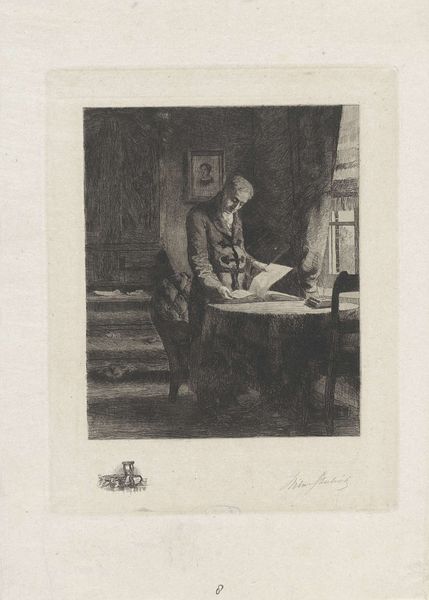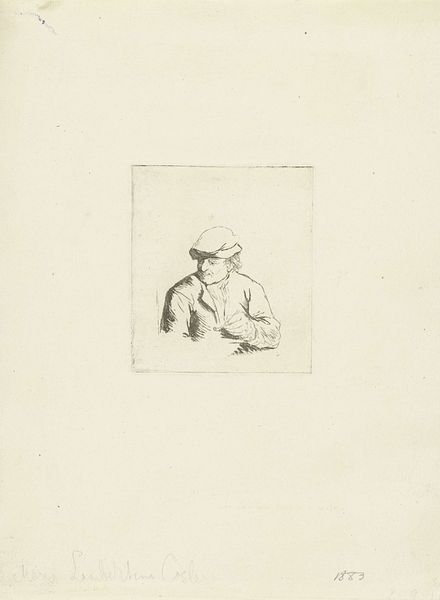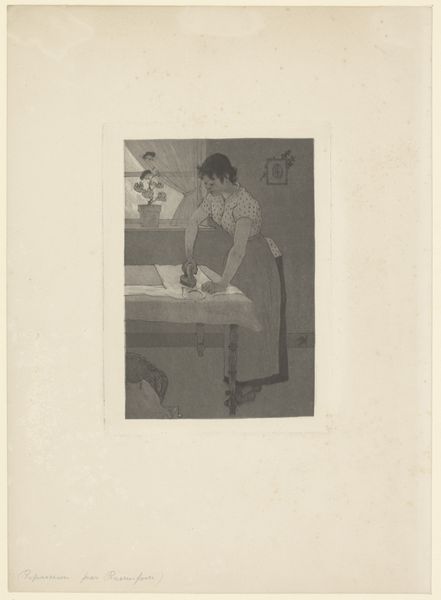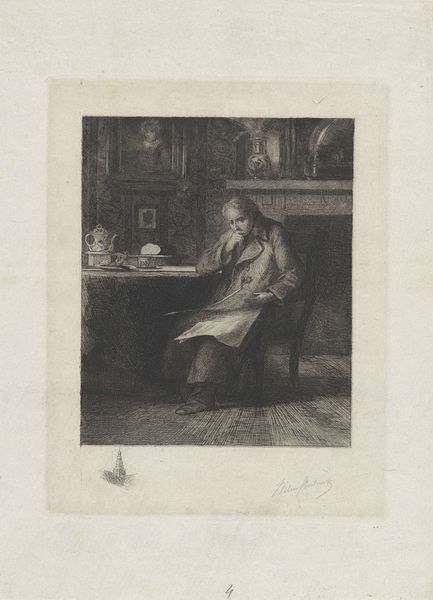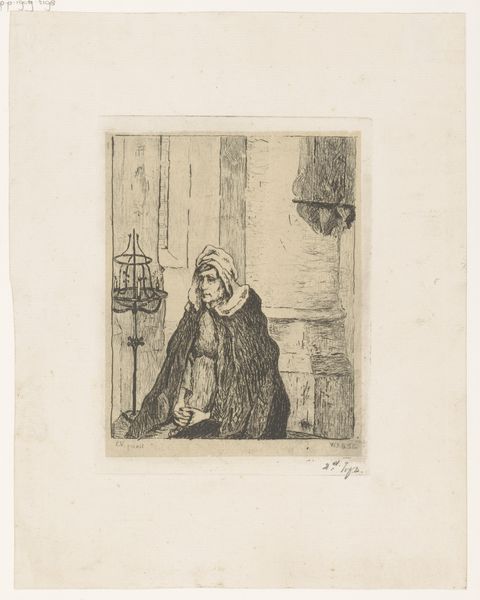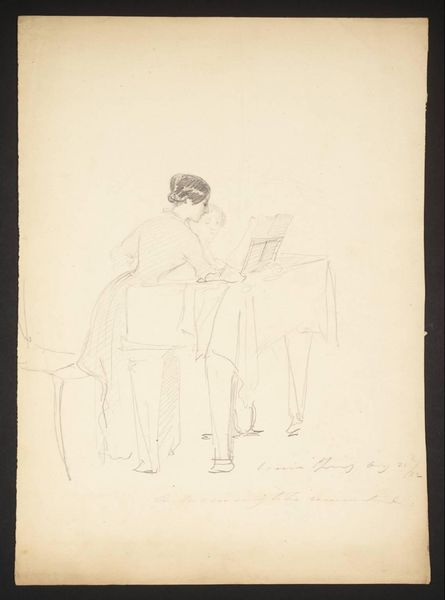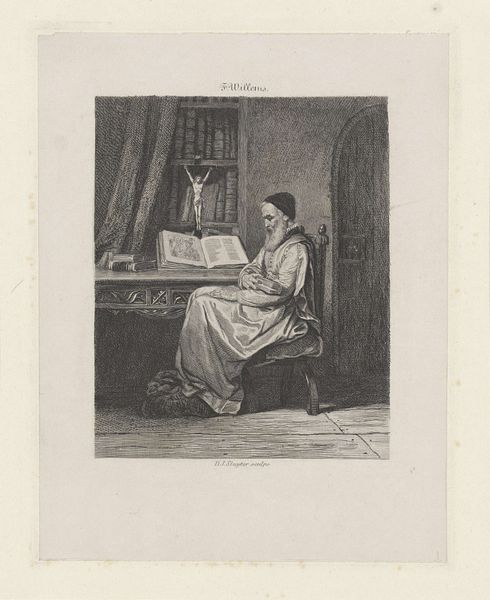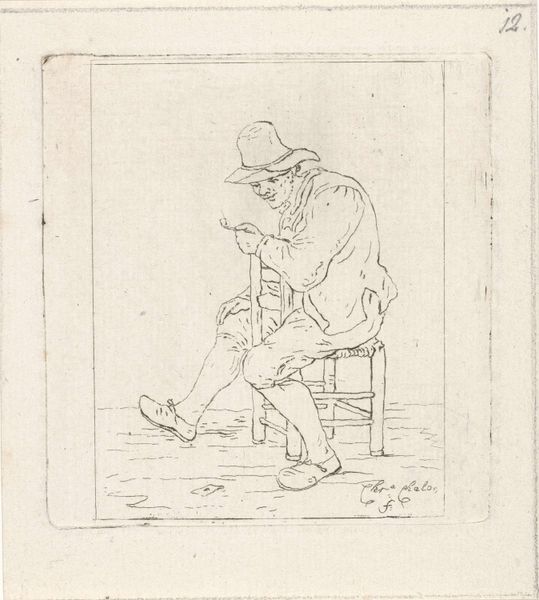
drawing, pencil
#
portrait
#
drawing
#
pencil
#
pencil work
#
academic-art
Dimensions: height 234 mm, width 139 mm
Copyright: Rijks Museum: Open Domain
Editor: Here we have a drawing entitled "Portrait of an Unknown Magistrate" by Leonardus Schweickhardt. The artwork date is somewhere between 1793 and 1862, and it's rendered in pencil. It's interesting how meticulous the drawing is, even with such a simple material. What strikes you most about this piece? Curator: Well, let’s consider the materials first. Pencil, seemingly humble, gains a different kind of weight in the late 18th and early 19th centuries. Why choose pencil for a magistrate’s portrait? Is it about accessibility, perhaps reflecting changing social dynamics and the rise of a new class seeking representation outside traditional, more expensive mediums? Or does the act of drawing, versus painting, speak to a different kind of engagement, more immediate, a kind of "reportage"? Editor: I hadn't thought of it that way. The detail does feel almost documentary, a kind of... accounting. The table cover is so richly patterned. Curator: Precisely. The contrast is fascinating. We have the sitter, embodying authority, rendered in a medium that’s easily erasable, easily manipulated. But surrounding him are signs of status – that intricate table covering, the books. Where were those textiles made? How does their production reflect colonial trade routes and exploitation of labor? These aren't just pretty decorations; they are evidence. The sitter is framed by his things, products of complex labor arrangements and material economies. Editor: So you're saying it's not just about the man, but everything *around* the man that really tells the story. Curator: Exactly! The material reality is inseparable from his identity, his power. By studying the "stuff" in the image, the social context becomes more tangible. And what are we to make of the seemingly blank slate of the page? Is it the absence of traditional paints making space for a more objective rendering? Editor: That really opens my eyes to seeing beyond just the face in a portrait. Thanks. Curator: My pleasure. It’s about seeing art as a reflection, not just of individual genius, but of the labor and materials that enable its creation and the systems it reinforces.
Comments
No comments
Be the first to comment and join the conversation on the ultimate creative platform.
